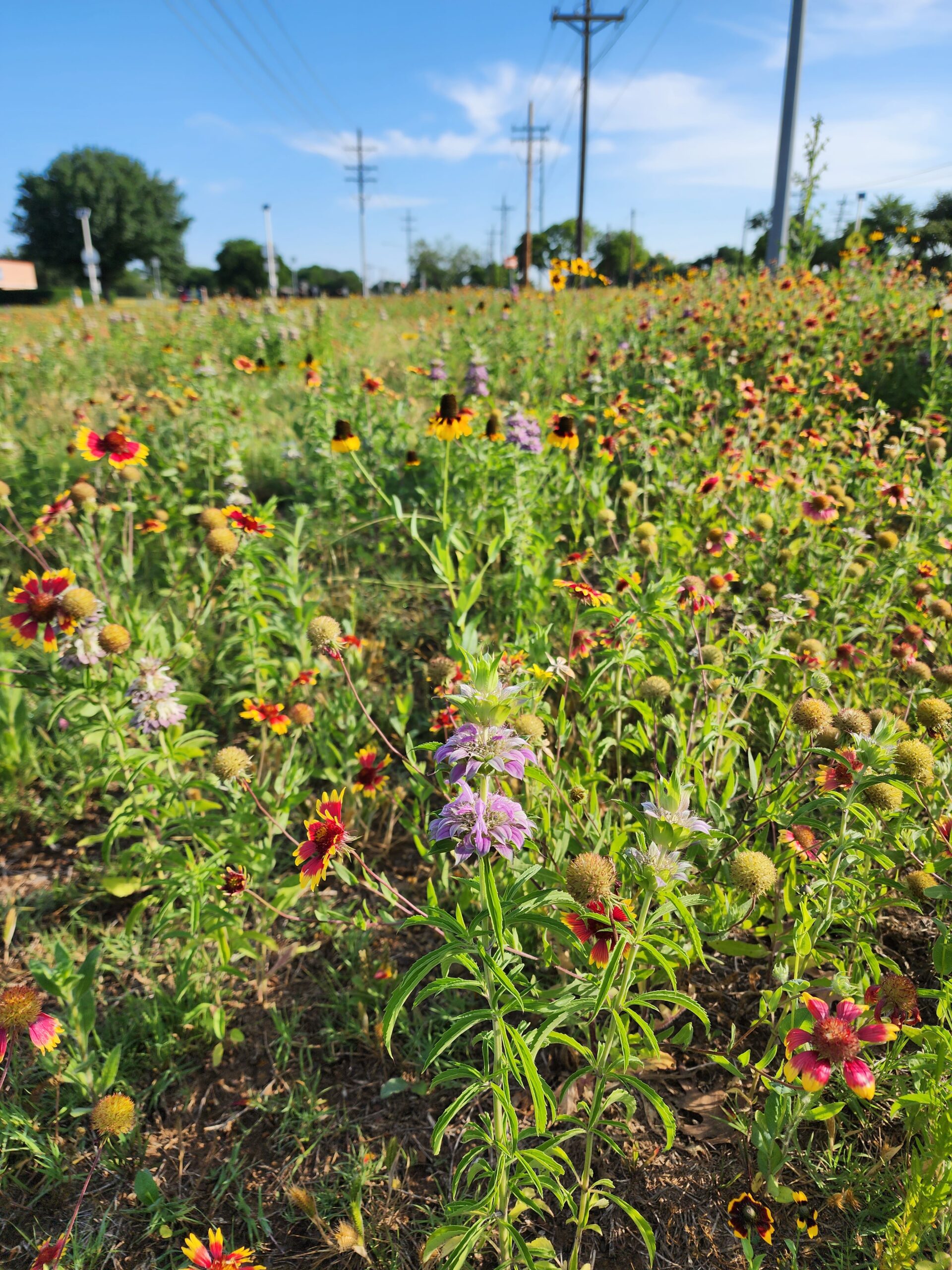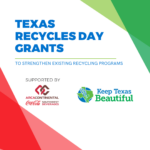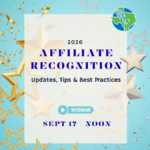This blog post is based on the webinar “Feed the Pollinators: Create A Thriving Monarch Waystation and Backyard Habitat,” which was presented by Amanda Maron, Keep Grand Prairie Beautiful Coordinator on January 23, 2025. To see the webinar, visit the KTB Vimeo webpage.
Creating a Pollinator-Friendly Habitat: Simple Steps to Support Our Essential Pollinators
”If we take care of the pollinators, they’ll take care of us.
Pollinators play a crucial role in our ecosystems and food production, yet their populations are declining due to habitat loss, climate variability, and pesticide use. Whether you have a small backyard or a large garden, you can make a difference by creating a pollinator-friendly habitat. Here’s how you can support these vital creatures while beautifying your outdoor space.

Keep Lewisville Beautiful volunteers planted a Monarch Butterfly waystation to increase pollinator habitat (2020).
The Importance of Pollinators
Pollination is the process of transferring pollen from the male part of a flower to the female part, leading to fruit and seed production. Many plants rely on pollinators such as bees, butterflies, birds, and even bats to complete this process. In fact, pollinators are responsible for two out of every three bites of food we eat!
Despite their importance, pollinator populations have been decreasing for decades. The main causes include:
- Wind-pollinated plants: Corn, grasses, and conifer trees rely on wind to spread pollen.
- Water-pollinated plants: Certain aquatic plants use water to transfer pollen.
- Animal-assisted pollination: Birds, bats, bees, and butterflies transfer pollen as they feed on nectar.
Why Are Pollinators in Decline?
Despite their importance, pollinator populations have been decreasing for decades. The main causes include:
- Climate variability: Extreme weather, late freezes, and droughts can disrupt pollinator populations.
- Habitat loss and fragmentation: Urbanization and large-scale agriculture have reduced the natural habitats where pollinators thrive.
- Monocropping and pesticide use: Large-scale farming practices reduce plant diversity and introduce chemicals that harm pollinators.

Keep Friendswood Beautiful volunteers at the pollinator garden at Stevenson Park (2022).
How You Can Help
Creating a pollinator-friendly environment in your own backyard can support biodiversity and strengthen pollinator populations. Here are some actionable steps you can take:
Transforming Your Lawn Into a Pollinator Paradise

Keep Sugarland Beautiful volunteers completed a pollinator garden (2018).
Traditional lawns with just grass offer little to no support for pollinators. Instead, consider:
- Letting wildflowers grow naturally in sections of your yard.
- Mowing less frequently allows pollinator-friendly plants to thrive.
- Mulching leaves instead of removing them to improve soil health and provide habitat for insects.
The Rewards of a Pollinator-Friendly Yard
By taking these small steps, you can make a big impact on pollinators while creating a vibrant and thriving garden. As you introduce more native plants and sustainable practices, you may notice an increase in butterflies, bees, and birds in your yard. Plus, a diverse and healthy ecosystem benefits all forms of wildlife, including humans!
For more information, check out the following resources:
- Monarch Watch – Provides guides and certification for Monarch waystations .
- Texas A&M Soil Testing – Offers soil analysis services with pricing from $12 to $91 per sample.
- Earth-Kind Landscaping – A Texas A&M program that promotes environmentally responsible gardening.
- County Master Gardener Help Desks – Available through local extension offices for gardening assistance (users are encouraged to search “[County Name] Master Gardener Help Desk” online).
- TX Smart Scapes – Searchable native plants database.
Together, we can help pollinators flourish
and
ensure a healthier planet for future generations!




